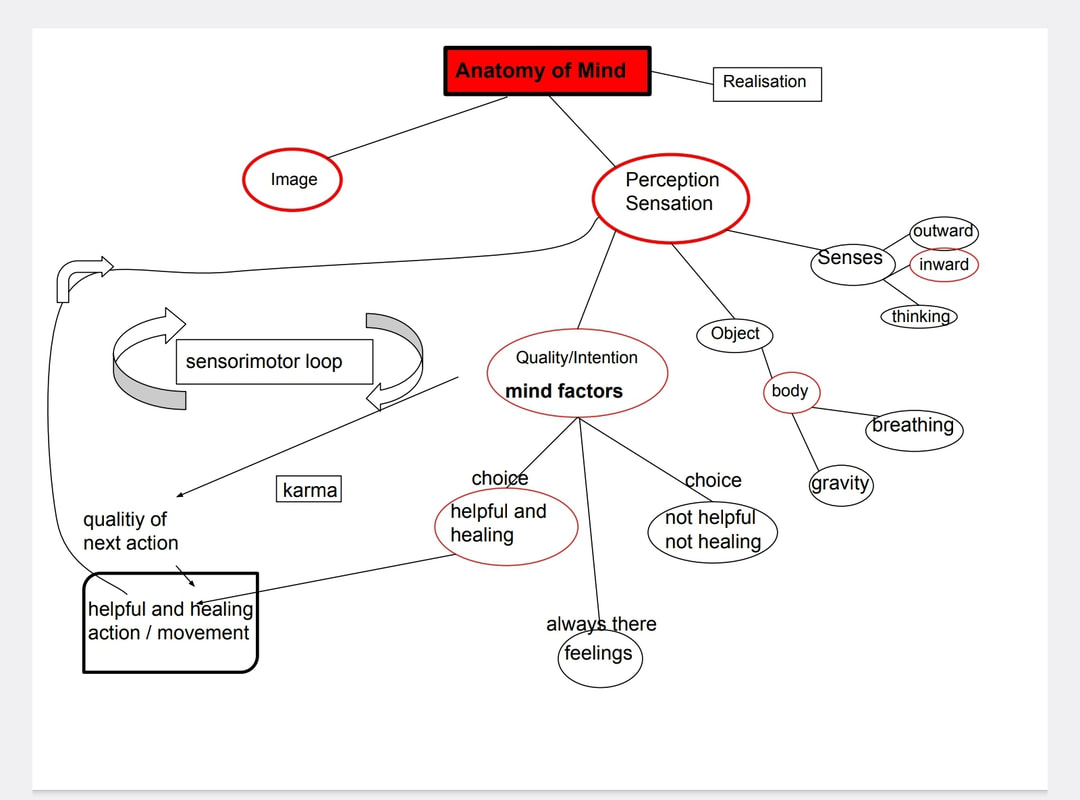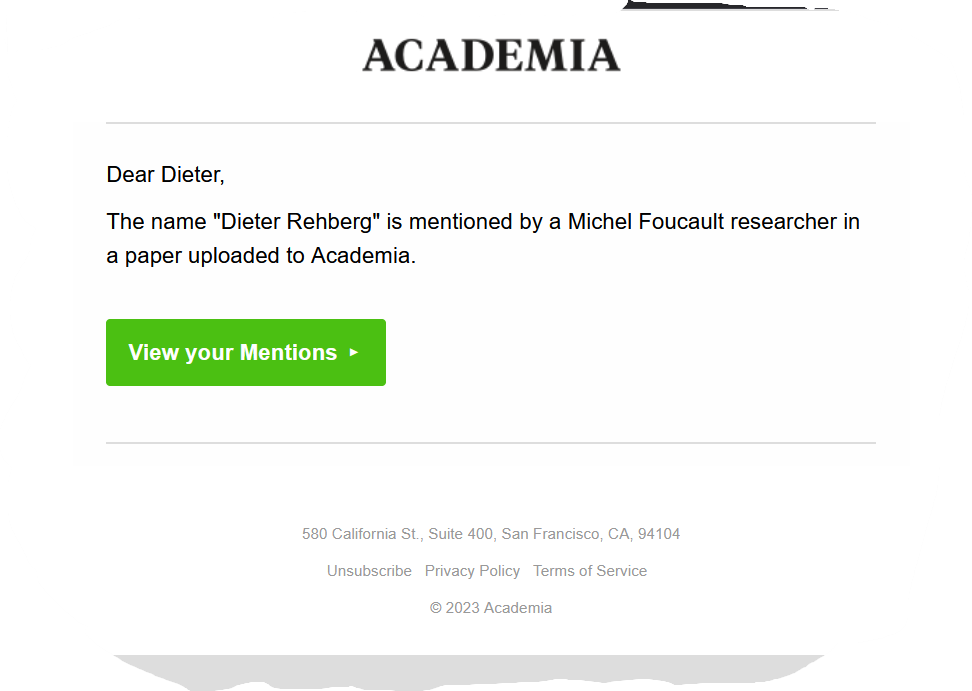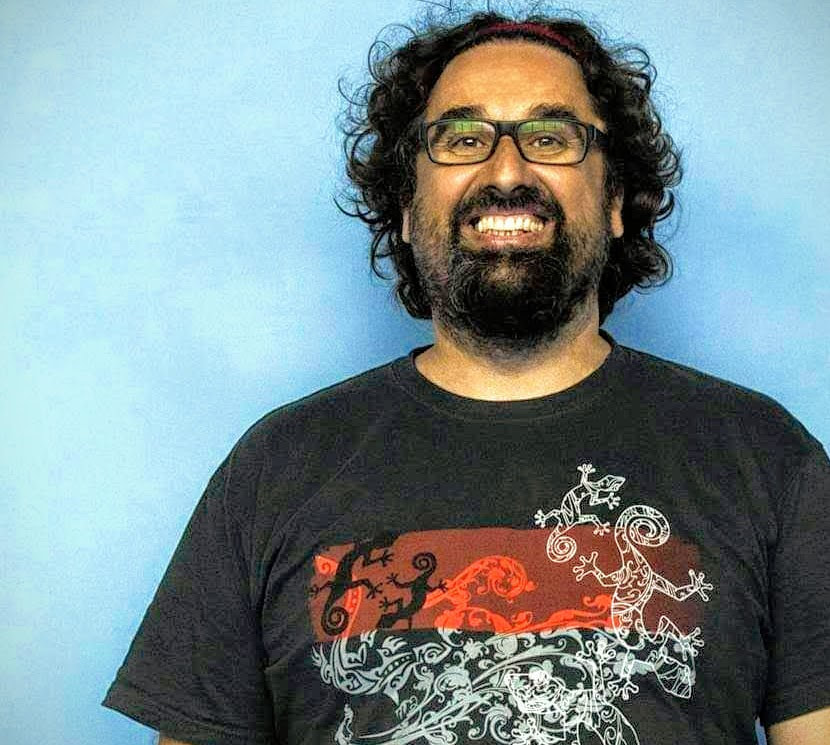|
If we believe that there is a body-mind and if we use it for critical thinking and accademic writing we need to have some definitions. So please try to answer the following questions: #what is the bodymind? #what does it constist of? #how does work? #what is its purpose? #is there a mind-mind? when I look into wikipedia I find that: "The term bodymind is most generally used in the academic field of disability studies. Disability scholars use the term bodymind to emphasize the interdependence and inseparability of the body and mind. Disability studies scholars who have written academically about the bodymind include Eli Clare, Margaret Price, Sami Schalk, Alyson Patsavas, and Alison Kafer. Clare and Price have proposed that the bodymind expresses the interrelatedness of mental and physical processes, and Schalk defines the bodymind similarly as it pertains to disability and race." https://en.wikipedia.org/wiki/Bodymind?wprov=sfla1 maybe some other definitions are helpful: the american philosopher Wiliam H. Poteat defined the concept of mindbody: "One such idea, derived from both Michael Polanyi and Maurice Merleau-Ponty, is Poteat's conception of the mindbody (a term he coined): persons are neither (simply) minds in bodies nor (simply) bodies with minds, especially not in the manner that Descartes conceived of them as extended matter and immaterial consciousness. Instead persons are mindbodies, both minds and bodies at once, one and the same, inextricable in every aspect, such that "mind" and "body" taken separately in reflection are seriously distorting abstractions from the whole person that we are in our pre-reflective state. According to Poteat, one's mindbody is one's place in the world, the "oriented whence" of all of one's activities and the place by means of which, and only in relation to which, all other places and things can make any sense at all. In other words, the mindbody is the sentient, motile, and oriented self—the active center of every person's life." https://en.wikipedia.org/wiki/William_H._Poteat?wprov=sfla1 In my professional practice body and mind are the most basic definition of my method PME. tha is why I wrote an AOL with the title: "The Anatomy of Mind for Somatics" In this writing I am defining mind as follows: "Following now is the the dissecting of the mind and its functions, as I understood it from buddhist psychology in addition with my adaptions for somatic work. The mind is clear and realizing: The mind has no matter it is clear, the mind is everything that is not body. The mind is everything that distinguishes a dead body from a living person. So the mind consists of sensations, images, feelings, thoughts, intentions and so on. The mind is the sign that the body is alive, the mind is the force that makes a body alive. The mind and the body make up a living person, but the mind does not have a defined and fixed place in the body, which means that the mind is not only situated in the brain . The mind is that instance in a person that realizes. It realizes by either perceiving or imagining .The mind is clear by nature but it is filled with images and perceptions. In order to perceive, the mind needs sense organs and content coming from these sense organs. In this definition of the mind thinking is in the same category as the sense organs, thinking has the same value as the sense organs and it has the same task as the sense organs which is bringing information to the mind so that the mind can perceive and realize this information.Traditionally in this system there are only five sense organs, the sense organs that are sensing the outside, which are, eyes, ears, nose, taste organs and touch organs.In my system, because I'm working with sensing the body in my somatic work, I added also the sense organs that are sensing the inside of the body which are the kinesthetic sense and the proprioceptive sense.( see picture No: 4 ) Reflecting on this system one can see that these definitions are solving a lot of questions, discussions and problems in philosophy as well as in the somatic world. The “agnosco ergo sum” (I realize, therefore I am) is not so far away from Descarte´s “cogito ergo sum” (I think, therefore I am), but it gives the body a strong place. This system includes physical sensations in the mind and gives them the same value as thinking. Using this system makes the philosophical questions about embodied cognition obsolete as well as it is diminishing the question whether there is something like a “bodymind”, which is a strong believe in the somatic field.This system solves these problems, because in this system the mind can sense its body and then the body is in the mind, and then we can think about our physical sensations and imagine different physical states."
0 Comments
I want to share some reflections why I don´t like "practice as research" for what artists and somatic workers are doing.
the time aspect: * the artist is doing forward search he is imagening something that is not there PRE-SEARCH * the somatic worker is searching the here and now he is sensing and experiencing the body and its movement NOW-SEARCH * the academic is searching the past he is RE-flecting on signs and traces and data RE-SEARCH the practice aspect: * as an artist practice is the most boring part of the job, as it is the repetition of a given form to get some "technique", like practising a plie or a musical scale. * for a somatic worker the practice is the architectural space, where one-on-one sessions are happening in. the power aspect: seeing art as science is admiting that science has won the power race about being the official instance that is allowed to explain life. One could argue that science is colonising the arts with its langugage and thinking, and the power and resources of its institutions. why not: science as art ? revolution as research ? sensing as truth ? I am looking forward to feedback and discussion |
|||||||



 RSS Feed
RSS Feed

